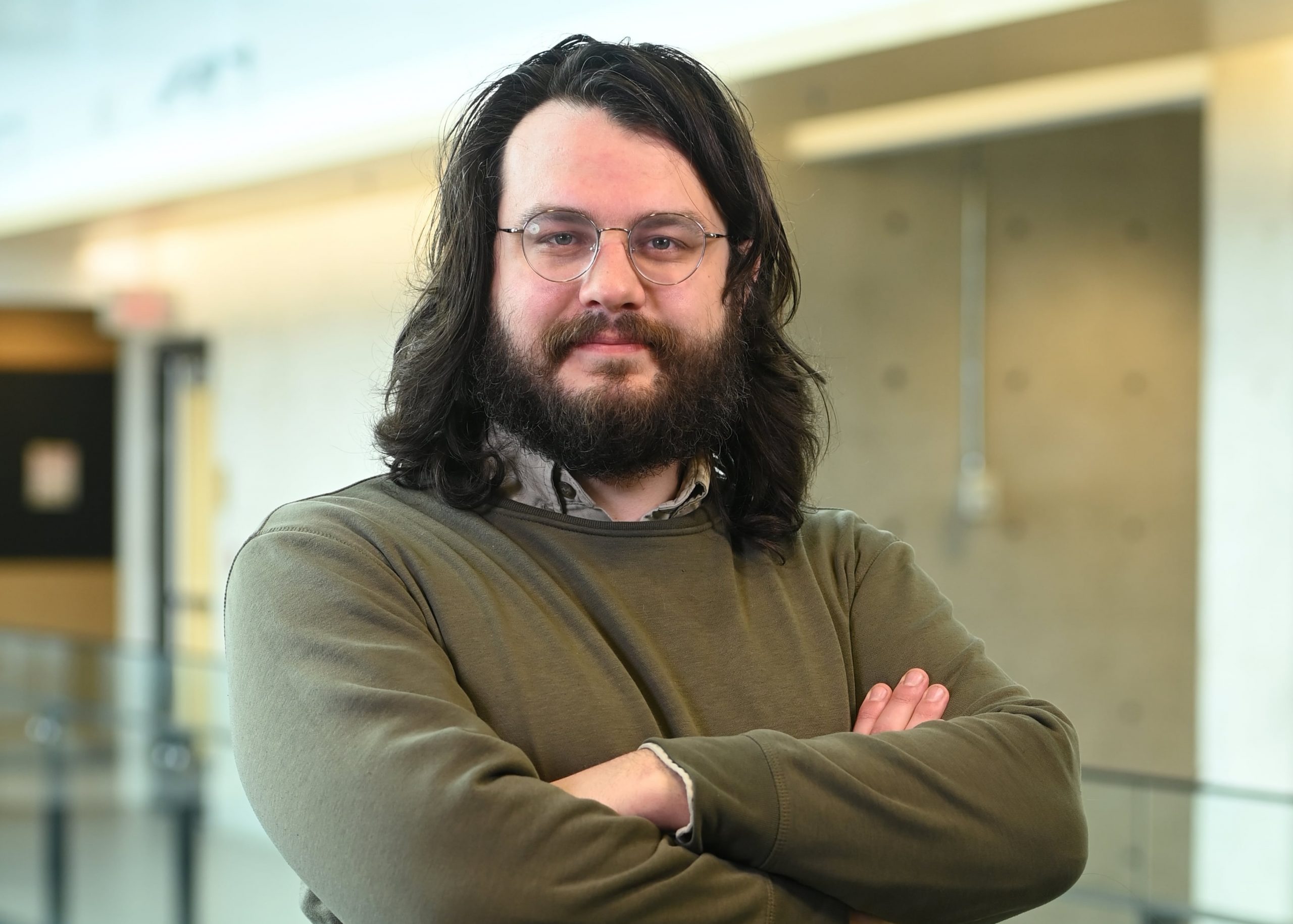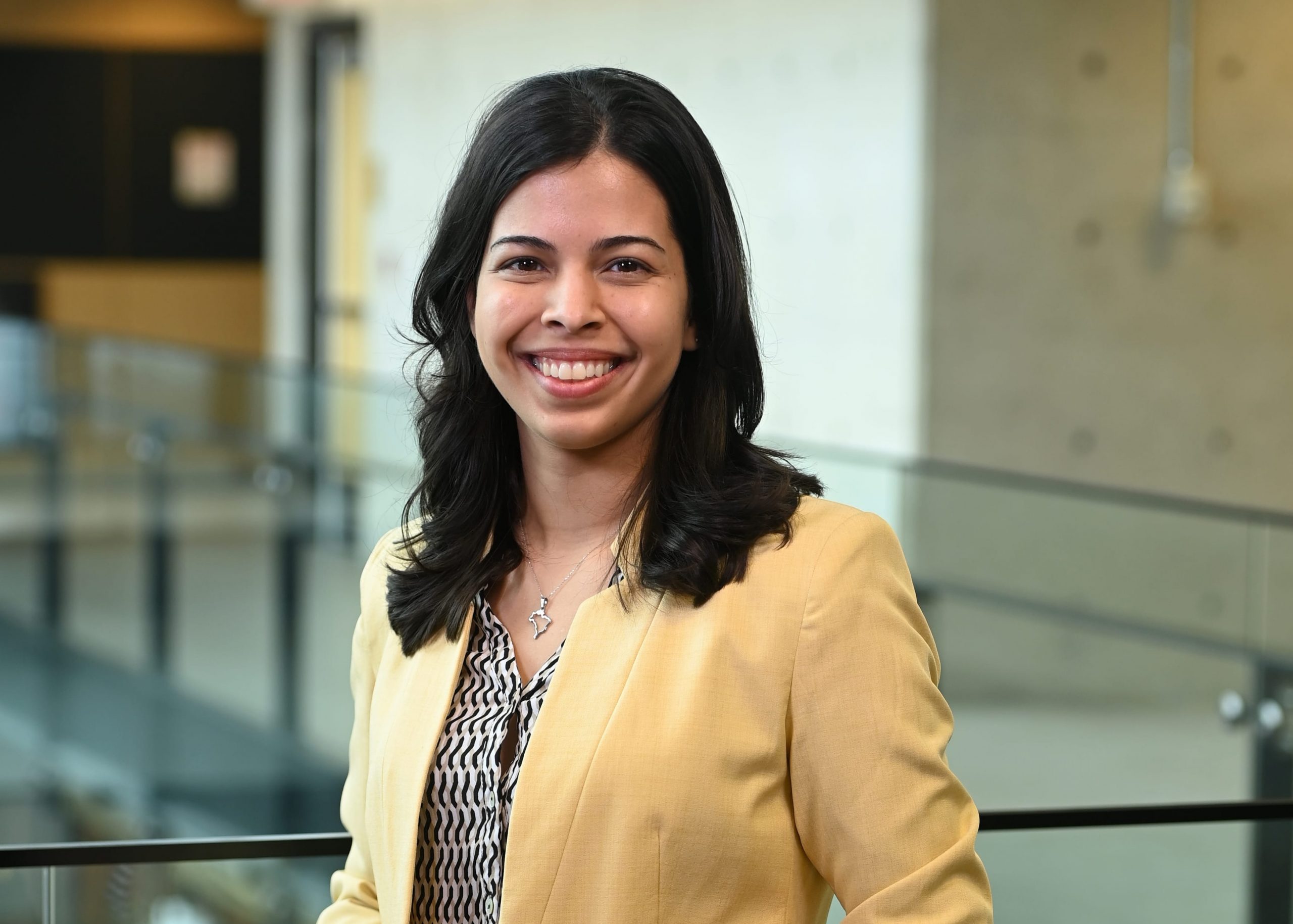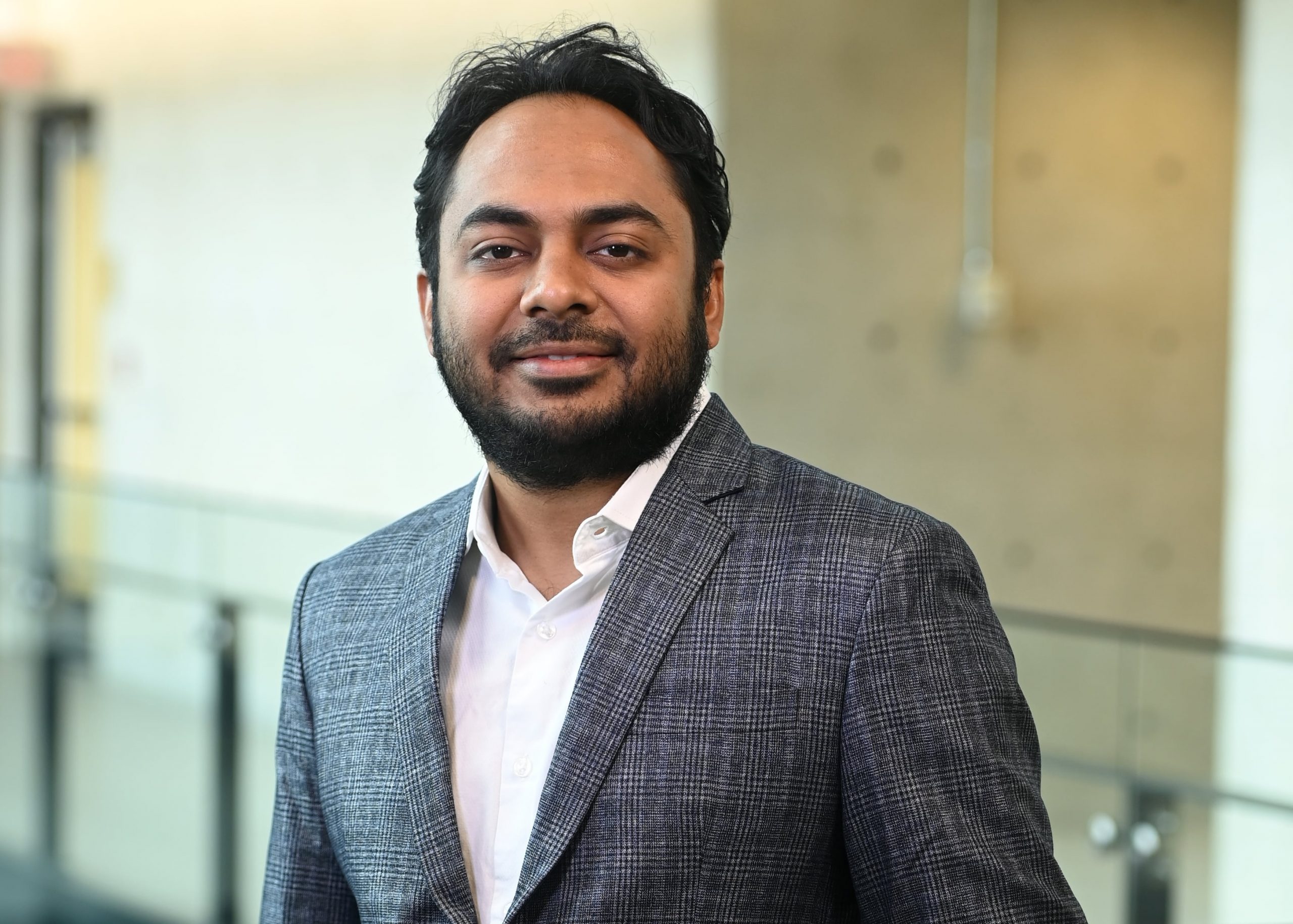
Imagine a world where human and machine intelligence become so intertwined that it’s hard to tell them apart. This concept, known as the “Singularity,” was popularized by futurist Ray Kurzweil in his 2005 book The Singularity Is Near. Kurzweil predicted that humanity is moving toward a profound transformation, driven by merging technologies in AI, biology, and nanotechnology that could boost our abilities and understanding beyond anything we can currently imagine.
The word “singularity” is borrowed from physics, where it describes a point, like the center of a black hole, where traditional rules don’t apply. In technology, it’s used as a metaphor for a time when technological progress becomes so rapid that it feels incomprehensible to us now. It doesn’t mean technology will grow infinitely, but it does mean we could see a level of change that completely reshapes society and challenges our current understanding.
The Singularity refers to a future where AI might surpass human intelligence, leading to a cycle of continuous improvement and advancement. Imagine AI that doesn’t just support decision-making but evolves so quickly that it transforms every part of our lives—from government and economics to health and education. In such a world, our views on individual choice, personal identity, and even work could shift drastically.
The Exponential Growth of Technology
This shift rests on a concept called the “law of accelerating returns,” which states that information technology grows exponentially. Every advance builds on previous breakthroughs, accelerating change. Computing power is a great example of this. Today, one dollar can buy thousands of times more computing power than it could decades ago. Transistors, the tiny components in our computers, have consistently shrunk, making devices more powerful. Even as transistors hit physical limits, experts are optimistic that new technologies will emerge to keep exponential growth on track.
In just the last twenty years, we’ve moved from basic cell phones to powerful smartphones, and from a simple internet to social platforms connecting billions. Big data and machine learning have brought us AI systems that can write essays, diagnose illnesses, and drive cars, blurring the line between human and machine abilities.
Looking Ahead: Merging Minds with Machines
The road to the Singularity will likely involve fusing human biology with technology. Soon, nanotechnology could allow us to expand our brains with virtual neurons in the cloud, increasing our intelligence and consciousness. This boost might help us tackle humanity’s biggest challenges, like eradicating disease and exploring the universe’s mysteries.
But this vision goes beyond enhancing individuals; it’s about transforming society. Advances in AI, biotechnology, and neuroscience could change how we work, communicate, and even age. Innovations in biotechnology might extend our lives, while brain-computer interfaces could one day be as common as smartphones.
A World of Opportunities—and Risks
But the journey to the Singularity comes with risks. As technology reshapes society, it could disrupt jobs and create economic uncertainty. And with great power comes the potential for misuse. Breakthroughs in AI, nanotechnology, or biotech could be used in ways that lead to serious problems. Self-replicating nanomachines or AI that doesn’t align with human values could even threaten our existence. Addressing these ethical and social challenges early on will be key to making sure technology benefits, rather than endangers, humanity.
The Final Stretch
According to those who believe in the Singularity, we’re now in the “final stretch.” People born today could witness it within their lifetimes, as technological change accelerates faster than ever. The 2030s might bring us closer to bridging the gap between humans and machines, with advancements that enhance our minds and cure diseases that once seemed impossible.
In the end, the Singularity could redefine what it means to be human. While we can’t know exactly what the future will look like, by preparing and understanding these changes now, we have a chance to shape a world that benefits all of us. As we move toward this turning point, careful planning and ethical considerations will be essential to navigating this new chapter in human history.
Photo by Google DeepMind










